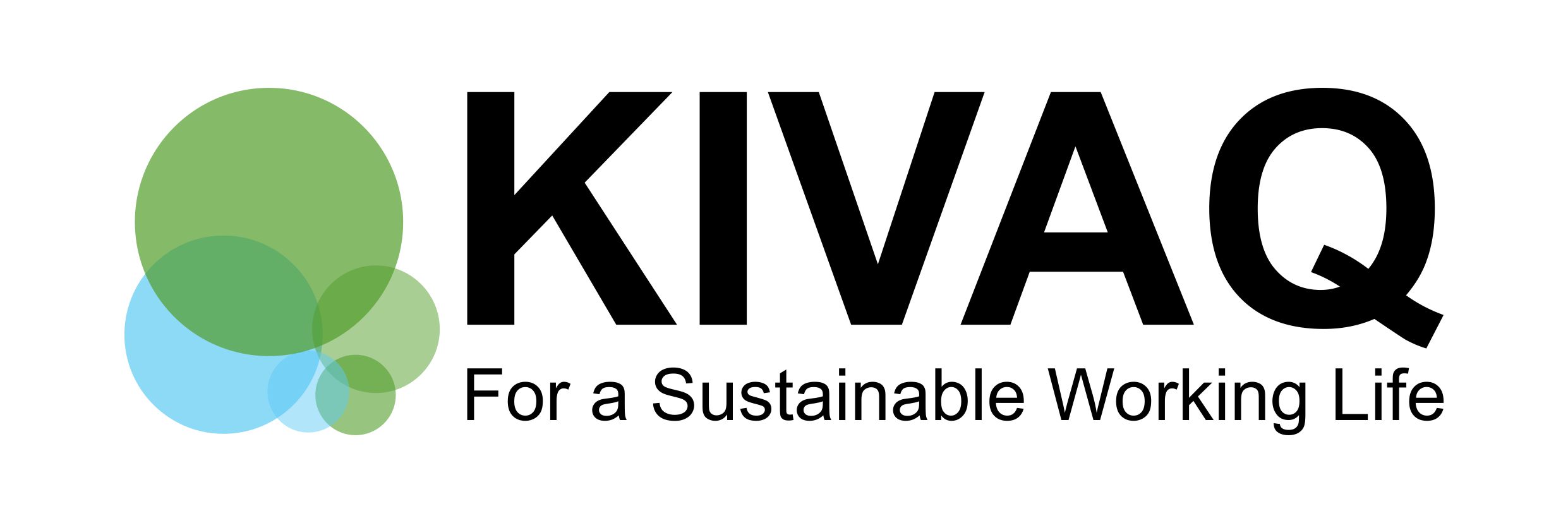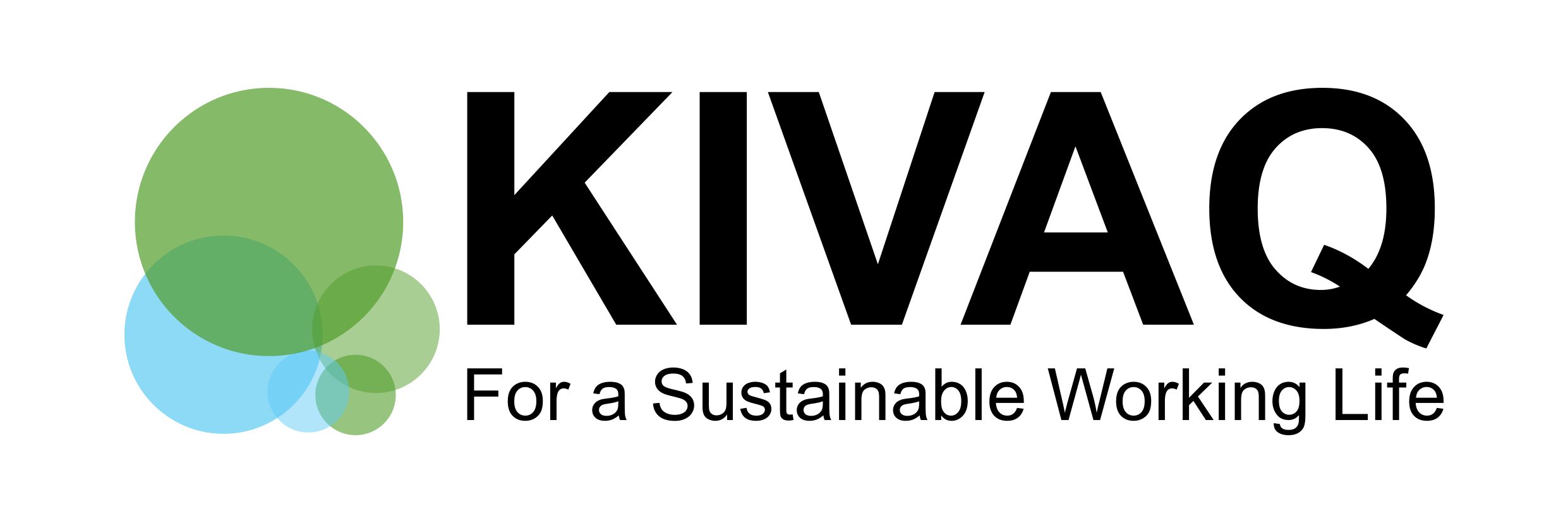The KivaQ E survey is a reliable tool for screening equality and discrimination at the workplace
KivaQ E questionnaire is a survey developed by KivaQ and the survey is designed to tap into various aspects of perceived workplace discrimination. The questions demonstrate the different roles of workplace actors; top management, middle managers and employees.
According to multiple studies, perceived workplace discrimination is linked to many adverse effects in both mental and physical health as well as to impaired job attitudes (1). Furthermore, national studies in Finland have shown that experiences of discrimination and inequal treatment at work remain common in the Finnish workplaces (2,3). Despite the flourishing research on discrimination and its consequences, less research attention has been given to its measurement and there are no validated measures available for measuring the general level of perceived workplace equality and discrimination (4). Therefore, there is a clear need for functional measurement methods for workplace equality and discrimination. KivaQ E survey was created to answer to this particular need.
The validity of KivaQ E survey was evaluated in a master’s thesis study in psychology (5). The study examined the reliability and construct validity of the KivaQ E survey as a method for estimating perceived equality and possible presence of inappropriate treatment in organizations. This was done by examining the internal consistency and factorial structure of KivaQ E. The sample consisted of 854 responses. The results showed the internal consistency of KivaQ E was on an acceptable level (Cronbach’s alpha > .80), which means that the responses were rather closely related with each other. According to the factor analysis, all of the items measure relatively reliably the same underlying factor. The results conform to the idea that KivaQ E represents a rather unitary measure for perceived equality and discrimination at workplace. Besides the construct validity, the face validity of KivaQ E can be perceived as rather high, as all questions have to do with workplace discrimination/equality or closely related constructs. Thus, the underlying construct being measured is likely to be perceived workplace equality.
On the basis of the validation study, KivaQ E can be considered to be a viable screening instrument for possible problems in perceived equality in organizations.
The author is Eerika Heininen, Master in Psychology from Åbo Akademi University.
- Dhanani, L. Y., Beus, J. M. & Joseph, D. L. (2018). Workplace discrimination: A meta-analytic extension, critique and future research agenda. Personnel Psychology 71(2): 147–179.
- Larja, L., Warius, J., Sundbäck, L., Liebkind, K., Kandolin, I. & Jasinskaja-Lahti, I. (2012). Discrimination in the Finnish Labor Market: An Overview and a Field Experiment on Recruitment. Helsinki: Ministry of Economic Affairs and Employment of Finland.
- Pietiläinen, M., Keski-Petäjä M. (2014). Työsyrjinnän seuranta Suomessa. Helsinki: Ministry of Economic Affairs and Employment of Finland.
- Shen, W. & Dhanani, L. (2015). Measuring and defining discrimination. In Colella, A.J. & King, E.B. (Eds.) The Oxford Handbook of Workplace Discrimination. New York, Oxford University Press.
Heininen, E. (2019). Assessing workplace equality: Survey validation and factors affecting perceived workplace discrimination (Master’s thesis, Åbo Akademi University). http://www.doria.fi/bitstream/handle/10024/168149/heininen_eerika.pdf?sequence=2&isAllowed=y

